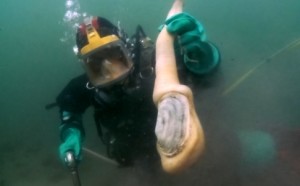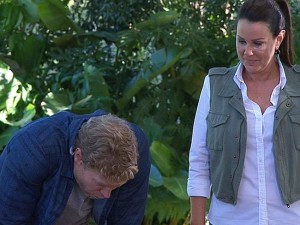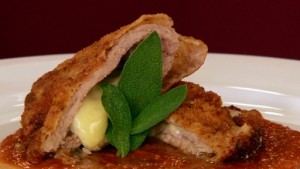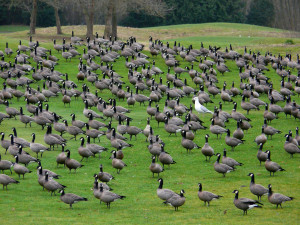Researchers at the University of Minnesota School of Public Health (SPH) and College of Veterinary Medicine are working together with industry to determine how high Salmonella levels in ground turkey and ground beef have to be before they pose a threat to human health.
 “Ultimately we are trying to better understand how to predict and prevent outbreaks,” says Craig Hedberg, SPH professor and one of the researchers working on the study, Developing a Risk Management Framework to Improve Public Health Outcomes by Enumerating Salmonella in Ground Meat and Poultry Products.
“Ultimately we are trying to better understand how to predict and prevent outbreaks,” says Craig Hedberg, SPH professor and one of the researchers working on the study, Developing a Risk Management Framework to Improve Public Health Outcomes by Enumerating Salmonella in Ground Meat and Poultry Products.
“It would be easy to say we should have no Salmonella in [meat] products, but that carries risks, too,” says Hedberg. “Meat with contamination levels too low to cause illness in people would be destroyed, and [that could lead] the industry to stop or reduce its current level of testing, which would halt the monitoring process and increase the risk of illness.”
To find a workable solution to the issue, the research team will use data from Cargill and other industry partners as well as data on past outbreaks to compare Salmonella concentrations under normal production conditions in ground meat products with levels that have been linked to the occurrence of foodborne illness outbreaks.
The team is focusing on ground meat because grinding mixes contamination throughout the product, and live bacteria can remain inside an undercooked hamburger or turkey burger.












